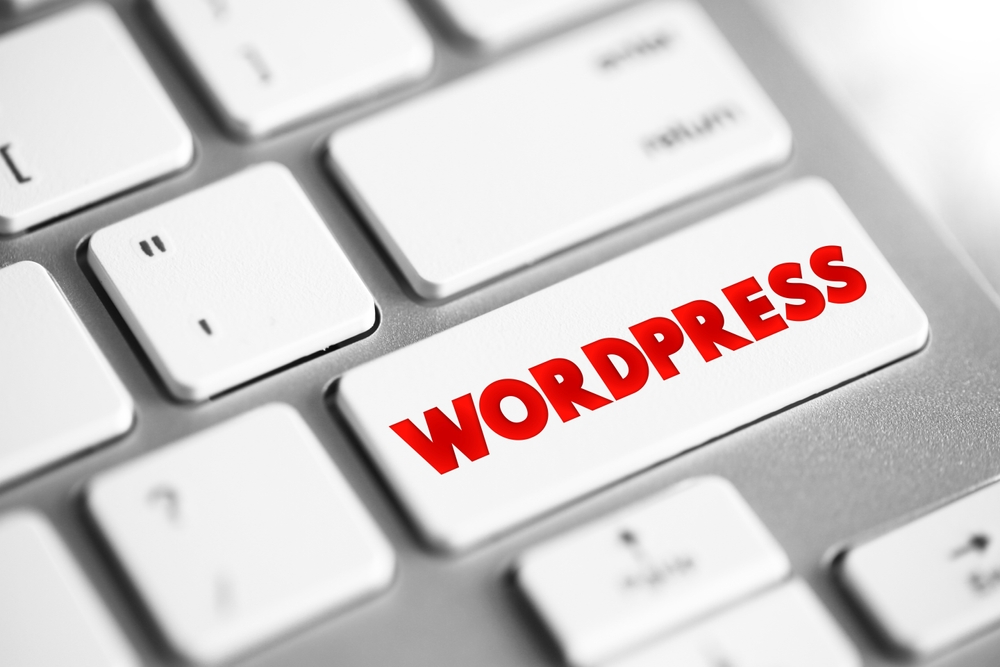
WordPress is a versatile and powerful platform that has become the go-to choice for many website owners and bloggers. Its user-friendly interface, vast customization options, and robust maintenance capabilities make it an unbeatable tool for anyone looking to create a professional and efficient website. In this article, we will delve into the various ways in which you can unleash the power of WordPress (the platform for bloggers) through expert tips for customization and maintenance.
Customization Tips:
1. Choose the right theme: The theme you choose sets the tone for your website and determines its overall look and feel. WordPress offers a wide range of themes, both free and premium, catering to different industries and purposes. Take your time to explore and select a theme that aligns with your brand identity and meets your website requirements.
2. Install the necessary plugins: Plugins are one of the greatest strengths of WordPress (WP) , offering additional functionalities that enhance the performance and usability of your website. From SEO tools to ecommerce integration and security measures, there is a plugin for almost every need. However, do not go overboard with plugins, as too many can slow down your website. Choose only the essential ones and ensure they are regularly updated.
3. Customize your website's layout: WordPress (the blogging platform) provides several options for customizing the layout of your website. By using widgets and the customizer, you can easily rearrange elements on your pages, add sidebars, and configure headers and footers. Take advantage of these features to create a layout that is visually appealing and user-friendly.
4. Add custom CSS: If you have knowledge of CSS, you can further customize your WordPress (or WP) website by adding your own styles. This allows you to modify the appearance of specific elements, such as text, images, or buttons, in a way that aligns with your branding guidelines.
Maintenance Tips:
1. Regularly update WordPress core, themes, and plugins: WordPress regularly releases updates to enhance security and fix bugs. It is crucial to keep your WordPress core, themes, and plugins up to date. Outdated versions can pose security risks and may lead to compatibility issues. Enable automatic updates whenever possible or regularly check for updates and apply them manually.
2. Backup your website regularly: Regular backups are essential to protect your website from unforeseen events such as server crashes, hacking attempts, or accidental data loss. WordPress offers various backup plugins that simplify the process. Set up a backup schedule that suits your website's frequency of content changes, and store the backups in a secure location, preferably off-site.
3. Optimize your website for speed: Website speed plays a crucial role in user experience and search engine rankings. Slow-loading websites often result in higher bounce rates and frustrated visitors. Optimize your WordPress website by minimizing image sizes, leveraging browser caching, and using a caching plugin. These optimizations can drastically improve your website's loading time.
4. Monitor security and remove vulnerabilities: WordPress is a popular platform, making it a target for hackers. Ensure that you have reliable security measures in place, such as strong passwords, two-factor authentication, and a security plugin. Regularly scan your website for malware or vulnerabilities, and promptly fix any issues detected.
5. Engage in regular content updates: Keeping your website updated with fresh and relevant content is important for user engagement and SEO. Set a content strategy that includes publishing new blog posts or updating existing ones regularly. WordPress has a built-in content management system that makes it easy to add and manage content, so take advantage of it to keep your website vibrant and up to date.
Frequently Asked Questions:
Q1: Can I switch my WordPress theme without losing content?A1: Yes, you can switch WordPress themes without losing your content. The content is stored separately from the theme, so changing themes will not alter your posts, pages, or media.
Q2: Can I customize a WordPress theme?
A2: Yes, WordPress themes can be customized to match your brand identity and website requirements. You can modify colors, fonts, layouts, and even add custom CSS to achieve the desired look and feel.
Q3: What happens if I don't update my WordPress core, themes, and plugins?
A3: Not updating your WordPress core, themes, and plugins puts your website at risk of security vulnerabilities and compatibility issues. It is important to stay updated to ensure optimal performance and protection.
Q4: How often should I back up my WordPress website?
A4: The frequency of backing up your WordPress website depends on how frequently you update its content. If you have frequent content changes, a daily or weekly backup is recommended. Otherwise, a monthly backup should suffice.
Q5: Can I optimize my WordPress website for mobile devices?
A5: Absolutely. WordPress offers responsive themes that automatically adapt to different screen sizes. Additionally, you can optimize your website further by reducing image sizes, enabling mobile caching, and using mobile-friendly plugins.
In conclusion, WordPress is a powerful platform that, when utilized to its full potential, can help you create a customized and well-maintained website. By following the expert tips outlined in this article, you can unleash the true power of WordPress and build a website that stands out in terms of functionality, design, and user experience.
Other useful resources
- https://www.wordpress24plus.com/wordpress-tools-directory/
- https://www.wordpress24plus.com/topics/wordpress-tips-and-tricks/
- https://www.wordpress24plus.com/services/
- https://www.wordpress24plus.com